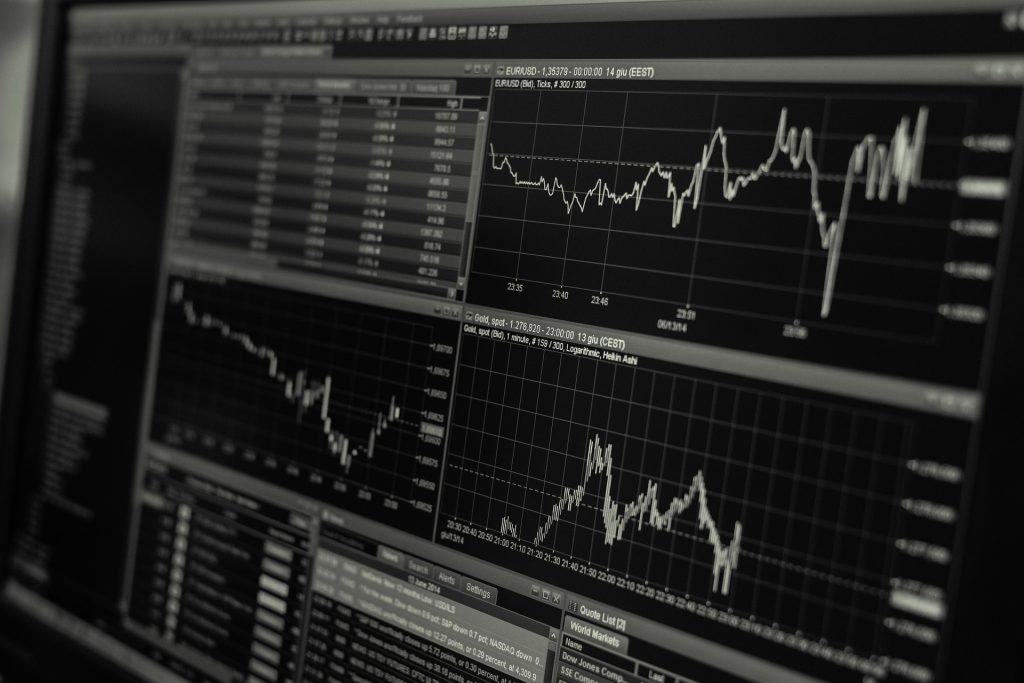Commodity trading entails the buying and selling of multiple commodities and derivative goods. Any unrefined resource or fundamental agricultural output that can be procured or sold, such as wheat, gold, or crude oil, is referred to as a commodity. Commodities can potentially boost your portfolio if you’re into commodity trading. Commodities are frequently mass-produced and standardized in terms of quality and volume, implying that they are valued the very same irrespective of the one who supplied them. If you want to gain knowledge of commodities trading, begin by combing up on the essential techniques and theories of it. Familiarize yourself with the commodity marketplace and how it operates by signing up for a forex trading course in the UK.
Commodity Shares:
By purchasing and selling the shares of corporations engaged in the excavation, harvesting, development, or processing of any form of commodity, you may have indirect exposure to the commodities market. Since the link here between a commodity and a stock is complex, it’s critical to do your homework. Commodity prices often move in the opposite direction of stock prices, making it the preferred hedge for market participants. If there is a malfunction with the oil supply network, for instance, oil businesses will definitely suffer in the near term, but oil prices will climb as demand outstrips supply.
Start understanding the different types of commodities that can be traded before you initiate commodity trading. The subsequent are some examples of popular categories:
- Hard commodities: Gold, oil, copper, and natural gas are examples of natural commodities that are extracted or obtained from the earth’s surface.
- Soft commodities: Coffee, wheat, and timber are examples of commodities that are produced and harvested, whereas animals and cattle are examples of livestock that are reared.
Commodities may also be classified into more precise subcategories to account for their various functions or the procedures involved in their manufacture. These are some of the categories:
- Energies: Oil production, gasoline, and heating oil are examples of classic sources of energy.
- Metals: Gold, copper, silver, and palladium are among the mined metals.
- Agricultural: Goods cultivated for human use, including sugar and coffee, as well as clothes and construction materials.
- Livestock and meat: Items such as leather and gelatin, along with animals raised for food use. They are distinct from agricultural products as they are not harvested.
The easiest strategy to spot an option is to use various analytical techniques to monitor news stories and your inflation target thresholds. You can probably begin using the special tools you have at your discretion after you’ve created an account with any trading platform. You must select how and when to make a purchase in the marketplace, based on whether you believe the investment’s price will increase or decrease, and the size of your position, which will influence the percentage you must pay. So, if you are interested in pursuing a career in this domain, then you must start by signing up for a course in commodity trading and initiate your trading journey!





